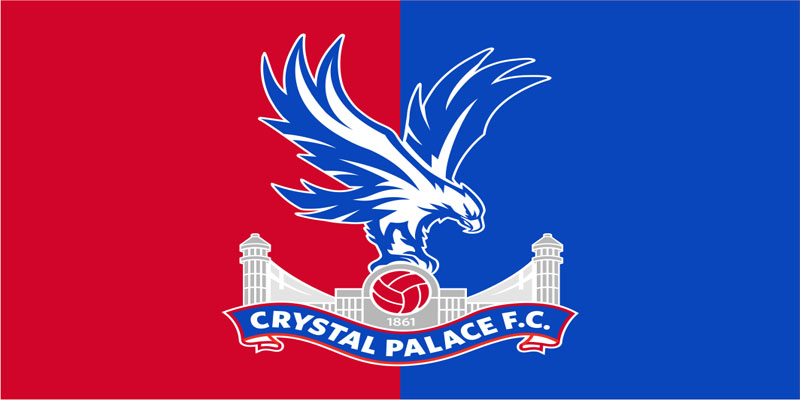Crystal Palace Football Club has a rich heritage that contributes significantly to the fabric of English football. Established in 1905, the club F88BET has evolved from humble beginnings to become a notable institution in the world of sports. Its journey through triumphs and tribulations reflects the passion and dedication embedded within its community. As we delve into the history, achievements, and ongoing evolution of the Crystal Palace Football Club, we uncover the essence of what makes this club so special.
Introduction to Crystal Palace Football Club
The story of Crystal Palace Football Club is one of resilience, ambition, and connection with its supporters. From its inception at the iconic Selhurst Park to its various ups and downs in different leagues, the club has witnessed countless memorable moments. Supporting the club means being part of a family that shares a deep-rooted love for the game.
The club’s establishment was driven by the desire to create a professional football team in South London, and it quickly garnered attention with its determination on the pitch. Over the years, the club has built an identity not only within the league but also among its fans who show unwavering loyalty and commitment.
History and development of the club
The roots of Crystal Palace Football Club run deep in the tapestry of London’s football scene, reflecting the spirit of its founders and early supporters.
Founding Years
Formed in 1905, the Crystal Palace Football Club was established by a group of Crystal Palace Exhibition officials. The club initially played in the Southern League before joining the Football League in 1920. During this time, the club began to shape its identity, emerging as a competitive side amid the rapidly evolving landscape of English football.
Early Challenges
The initial years were marked by challenges as the club struggled to find its footing. The post-World War II era brought a mix of difficulties and opportunities. In the late 1940s, the club had brief moments of success, including reaching the FA Cup semi-finals, which helped them build momentum. However, they faced relegation several times throughout the decades, leading to a rollercoaster ride of emotions for their loyal fan base.
Formation of the Club’s Identity
In the 1960s and 1970s, Crystal Palace Football Club defined its playing style and developed a reputation for producing talented players and entertaining football. The iconic red and blue kit became synonymous with the club, and the passionate atmosphere at Selhurst Park drew fans from far and wide. The appointment of influential managers during this period was crucial in establishing a strong foundation for the club’s future.
Key achievements in the club’s history
Despite the ups and downs, the legacy of Crystal Palace Football Club is adorned with significant milestones that resonate with fans around the world.
FA Cup Glory
One of the most illustrious moments in the club’s history came in 1990 when they reached the FA Cup final. Though they ultimately lost to Manchester United in a dramatic replay, the achievement showcased the club’s potential to compete at the highest level. The match remains etched in the memories of fans who recall the excitement and fervor surrounding the occasion.
Promotion to the Premier League
The club’s ascension to the Premier League in 1997 marked a turning point. It allowed Crystal Palace Football Club to showcase its talents on a grand stage. The club enjoyed several seasons in the top flight, experiencing both highs and lows, solidifying its status among England’s elite clubs.
Playoff Successes
In more recent history, playoff victories have defined the club’s narrative. The thrilling playoff finals in 2013 saw Crystal Palace Football Club secure promotion back to the Premier League. This achievement reignited the passion among fans, and the atmosphere at Selhurst Park became electric once again.
Progress and improvements in recent years
The past decade has seen Crystal Palace Football Club undergo transformative changes, both on and off the pitch.
Managerial Instability to Stability
One of the notable aspects of the club’s recent history has been the search for stability in management. Following the tumultuous period of frequent managerial changes, the appointment of Roy Hodgson in 2017 brought much-needed stability. Under his guidance, the team focused on building a cohesive unit with a clear tactical structure, elevating the club’s competitiveness in the Premier League.
Investment in Youth Development
Another area of progress has been the investment in youth development. The emergence of homegrown talents like Wilfried Zaha has not only bolstered the first-team squad but has also created a sense of pride among fans. Zaha’s journey from the academy to becoming a key player exemplifies how the club nurtures young talent and integrates them into the senior team.
Infrastructure Improvements
Recent years have also seen improvements in infrastructure, with plans for upgrading Selhurst Park and enhancing facilities for players and fans alike. Such initiatives reflect the club’s commitment to creating a better environment for both players on the pitch and spectators in the stands. As these developments unfold, it fosters optimism about the club’s future direction.
Conclusion
In conclusion, Crystal Palace Football Club encapsulates the heart and soul of English football. Its storied history, remarkable achievements, and ongoing endeavors to elevate itself in the Premier League illustrate the indomitable spirit of the club and its supporters. The journey so far has been paved with challenges, yet it serves as a testament to resilience and growth.
